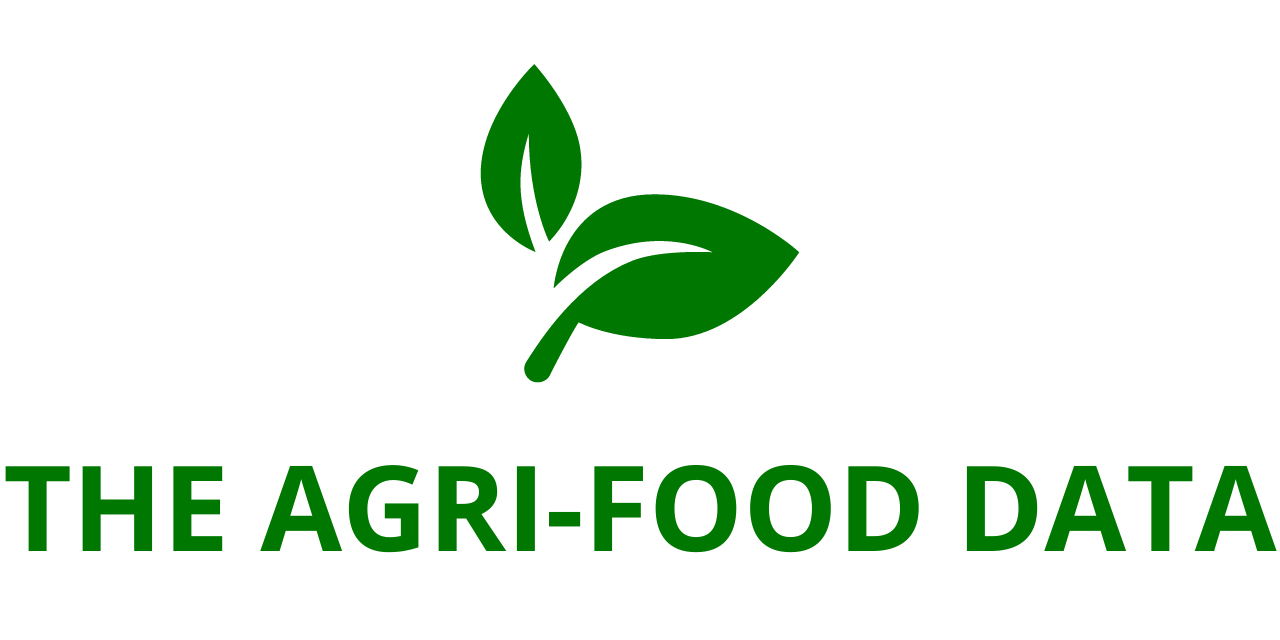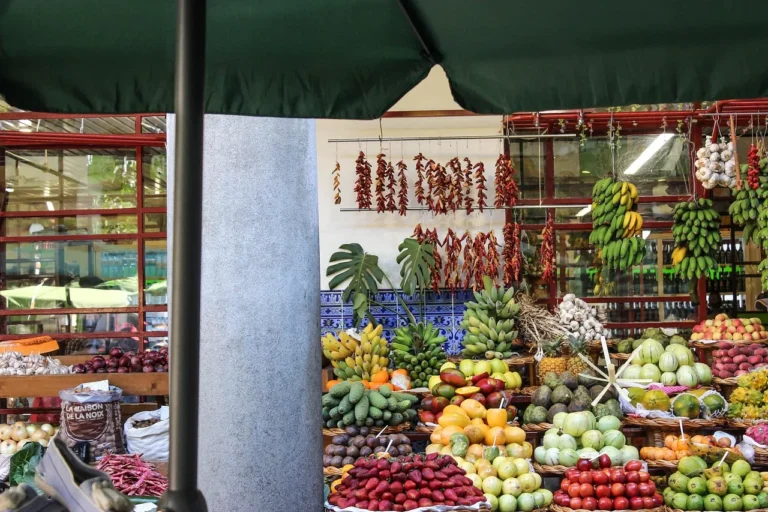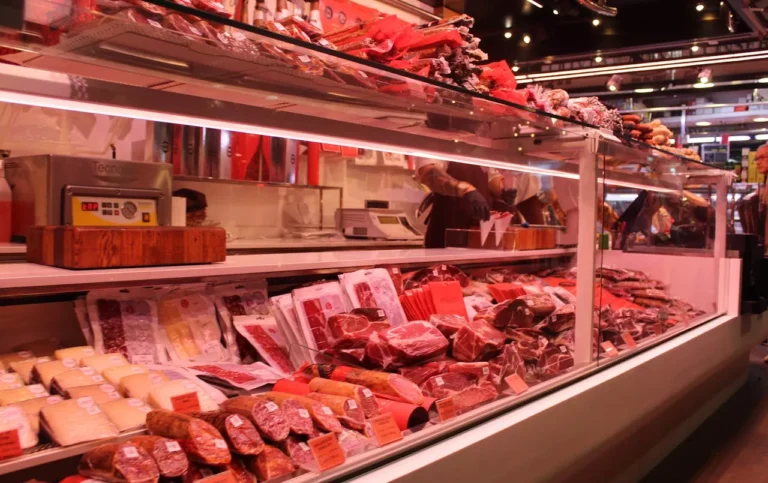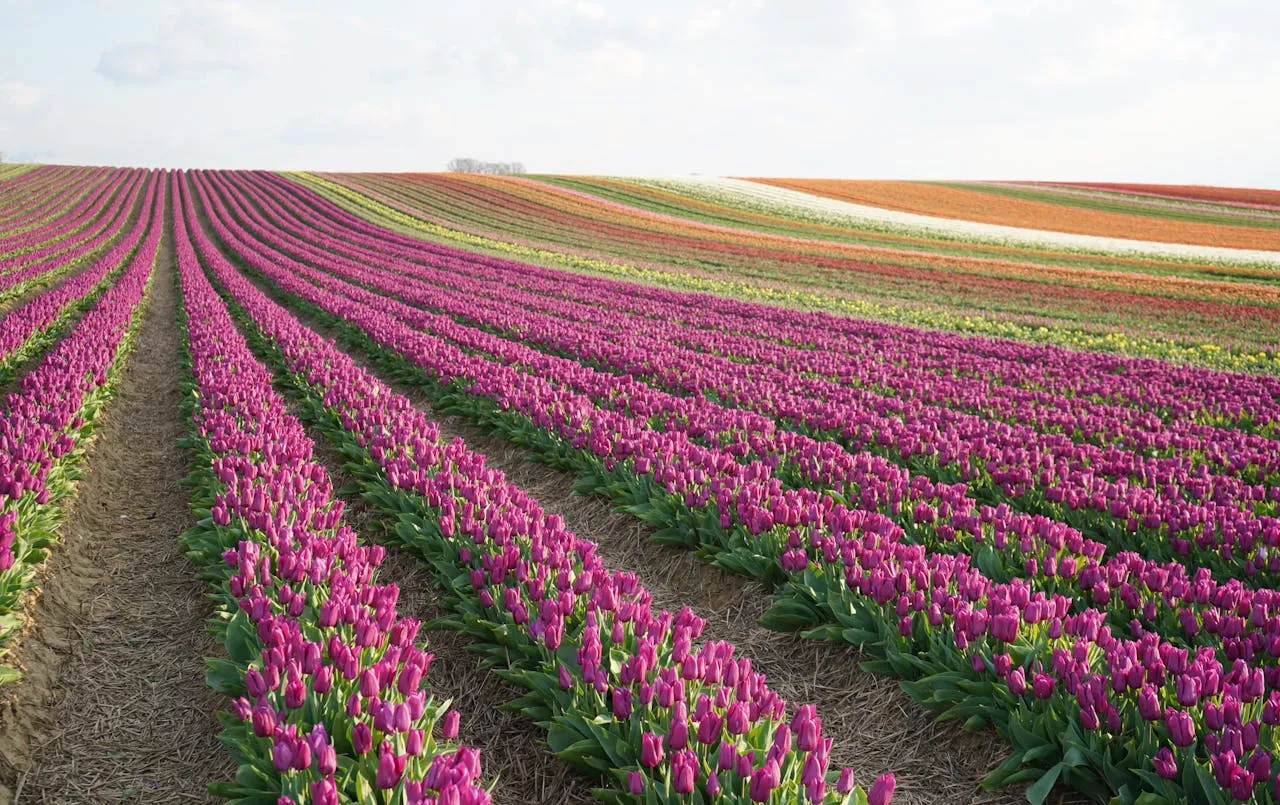
Agri & Horticulture Expansion Drives Mulch Films Market Toward $7B by 2030
The global Agri & Horticulture mulch films market is on a robust growth trajectory, with revenues estimated at $4.6 billion in 2024 and projected to reach $7 billion by 2030, expanding at a compound annual growth rate (CAGR) of 7.7% over the forecast period, according to the newly released “Mulch Films – A Global Market Overview” report by ResearchAndMarkets.com.
This comprehensive report delves into the mulch films market across various dimensions—product type, material composition, film type, and application areas—while offering detailed insights into the competitive landscape, including company profiles and recent strategic developments in the industry.
Growing Importance of Mulch Films in Modern Agriculture
Mulch films have become an indispensable component of contemporary agriculture and horticulture, supporting improved crop productivity and environmental stewardship. These films serve multiple critical functions, including weed suppression, moisture conservation, temperature regulation, and enhanced soil health. Their utility is especially pronounced in greenhouse farming and precision agriculture, where controlled growing environments and resource optimization are vital for year-round cultivation.
Sustainability and Innovation Fuel Demand for Biodegradable Mulch Films
With growing global awareness around plastic pollution and environmental degradation, there is a significant industry shift towards biodegradable mulch films. These eco-friendly alternatives are crafted from bio-based polymers such as thermoplastic starch (TPS), polylactic acid (PLA), polyhydroxyalkanoate (PHA), and polybutylene succinate (PBS). Unlike conventional polyethylene-based products, biodegradable films are designed to decompose naturally, reducing the long-term environmental footprint.
This segment is expected to expand rapidly, reflecting changing regulatory landscapes, especially in Europe and North America, and growing consumer and producer preferences for sustainable agricultural inputs. Technological innovations in biodegradable film formulations, such as UV resistance, temperature modulation, anti-fog properties, and light diffusion, are also enhancing their functionality and adoption.
Diversification in Film Types Enhances Utility
The mulch film market features a diverse range of product types, each designed for specific agricultural goals:
- Black mulch films, currently the most dominant segment, are extensively used to block sunlight, effectively suppressing weed growth and reducing the need for herbicides. They also help retain soil moisture and stabilize soil temperatures, particularly in vegetable and fruit farming.
- Clear or transparent mulch films are increasingly being used to trap solar heat, promoting soil warming and stimulating early plant growth, especially in colder climates. Their market is projected to grow at the fastest rate, with a CAGR of 9.4% between 2024 and 2030.
- Colored and photo-selective films are engineered to reflect specific wavelengths of light, thereby influencing plant morphology and deterring pests.
- Metallic reflective films enhance light distribution and are especially beneficial in greenhouse environments.
- Anti-fog films maintain transparency in high-humidity conditions, ensuring adequate light penetration throughout crop cycles.
Agricultural and Horticultural Applications Drive Market Growth
In terms of end-use, the agriculture sector remains the primary consumer of mulch films, accounting for a 66.2% market share in 2024. These films are widely deployed in large-scale farming operations to improve yields, conserve water, and manage weeds and soil quality. Supportive government policies, including subsidies for efficient irrigation and plastic waste reduction, are further accelerating the adoption of mulch films in agriculture.
The horticulture segment, though smaller, is forecasted to grow at the fastest pace—9.7% CAGR—through 2030. This growth is driven by increasing demand for high-value crops such as berries, grapes, and flowers, especially in greenhouses and polyhouses. The usage of advanced mulch films—including UV-stable and compostable variants—aligns with the global shift towards organic and sustainable farming.
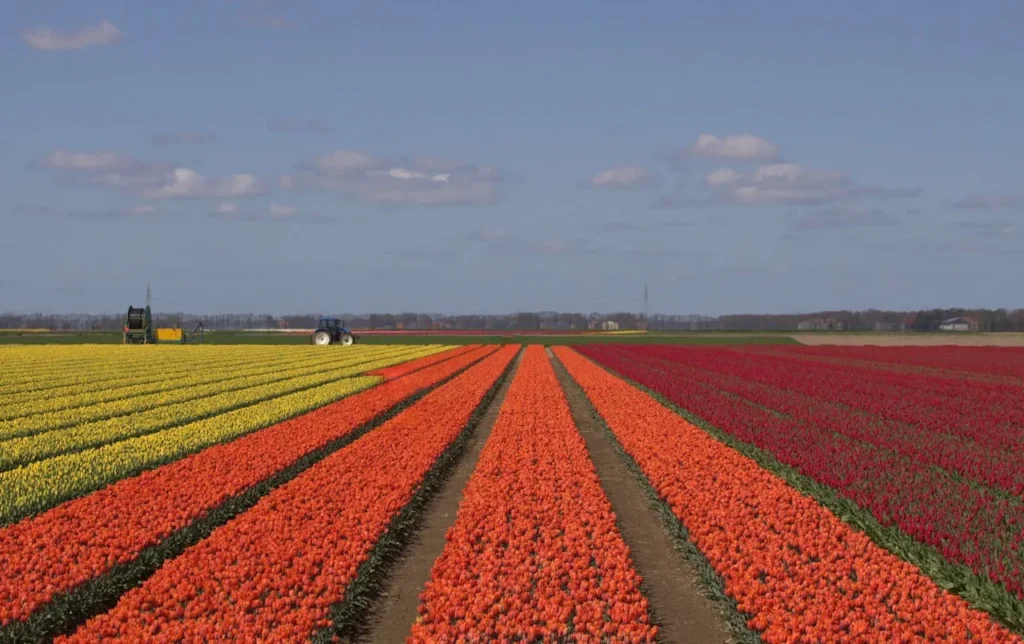
Regional Insights: Asia-Pacific Leads the Market
The Asia-Pacific region leads the global mulch films market with a commanding 48% share in 2024. This dominance is attributed to the region’s booming population, rising food demand, and the widespread adoption of modern farming practices in countries like China and India. Government-led initiatives promoting sustainable and high-efficiency agriculture, along with the availability of low-cost raw materials and labor, are key growth accelerators.
Additionally, the growing popularity of biodegradable mulch films in Asia, bolstered by technological advancements, educational outreach, and farmer awareness programs, is expected to sustain regional leadership well into the next decade. The Asia-Pacific market is forecast to register the highest CAGR of 8.3% through 2030.
North America and Europe: Innovation and Regulation as Catalysts
The North American mulch films market is experiencing strong growth, driven by a robust organic farming sector, rising emphasis on eco-friendly practices, and the integration of precision agriculture technologies. Availability of large tracts of arable land and early adoption of smart agricultural methods have further solidified North America’s position as a key market.
In Europe, stringent environmental regulations—especially those targeting single-use plastics—are steering farmers toward biodegradable alternatives. The region’s progress in greenhouse farming, combined with urban agriculture trends and research into bio-based polymers, is creating new growth avenues.
Product Type Analysis: Non-Biodegradable Films Still Dominate but Are Losing Share
In 2024, non-biodegradable mulch films accounted for 68.9% of total market revenue, primarily driven by the widespread use of materials like low-density polyethylene (LDPE) and linear low-density polyethylene (LLDPE). These films are favored for their durability and low cost, but increasing regulatory scrutiny is slowly shifting momentum toward biodegradable substitutes.
Within the biodegradable segment, PHA-based films, often blended with starch, are gaining rapid traction and are expected to post a CAGR of 12.8%, the highest among biodegradable materials, over the forecast period. This trend highlights the market’s pivot toward more environmentally conscious solutions.
Strategic Collaborations and Technological Advancements Shape Market Dynamics
Leading manufacturers are engaging in strategic collaborations, product innovation, and material science research to replace conventional mulch films with sustainable alternatives. Companies are investing heavily in bioplastic R&D, with a focus on making mulch films compostable, recyclable, and high-performing under diverse farming conditions.
There is also growing interest in smart mulch films that integrate with sensor-based precision agriculture systems to monitor soil temperature and moisture in real time. These advancements support higher efficiency, reduce input costs, and promote eco-friendly farming.
